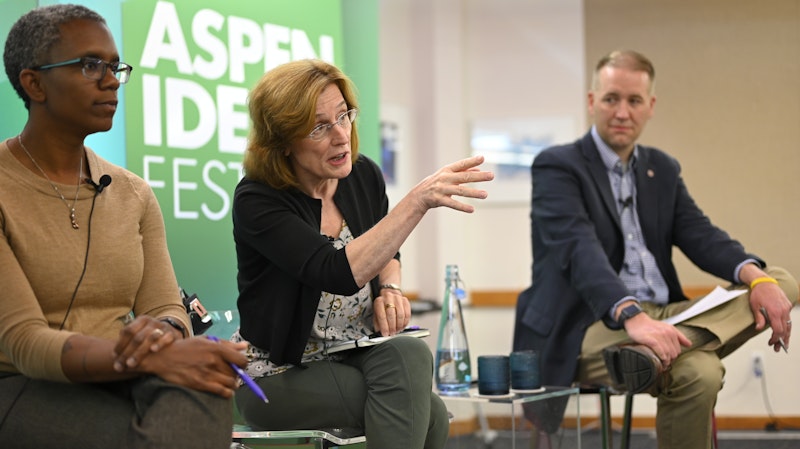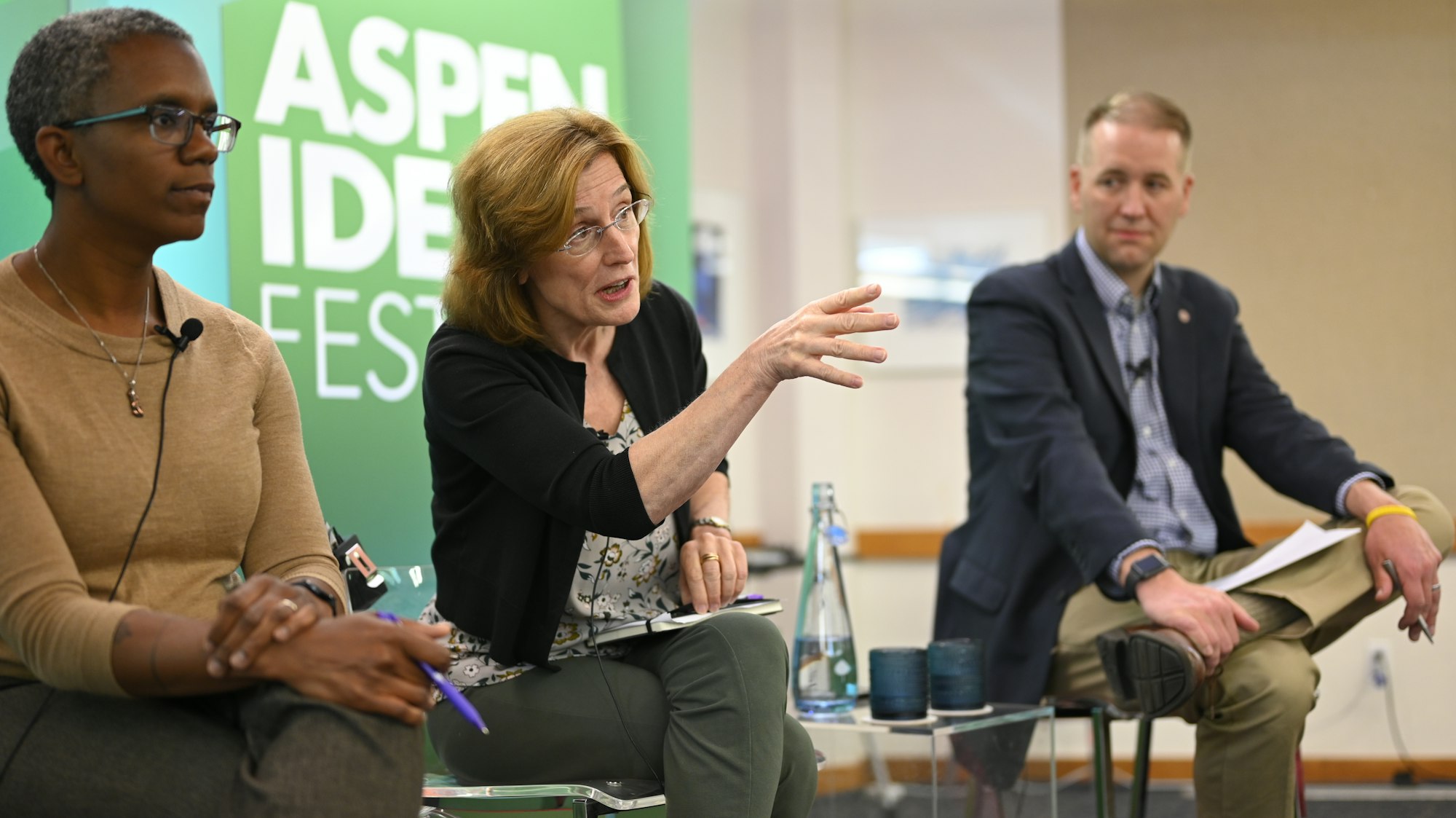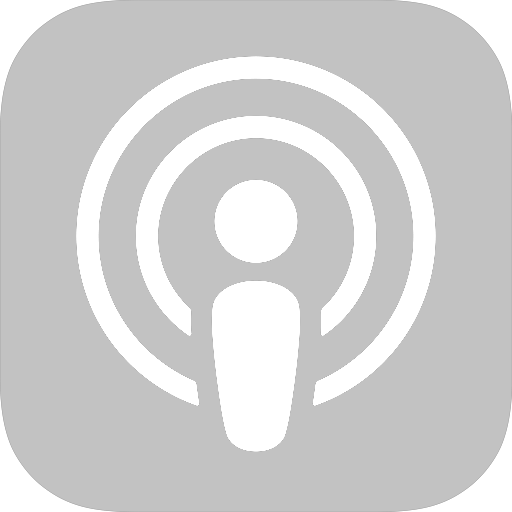
A Living Wage Buys Health
Setup
Health care or child care? Food or gas? Rent or electric bill? Tens of millions of US households face those impossible choices every month because they don’t earn enough money to pay for basic needs. The federal minimum wage of $7.25/hour won’t allow a worker to afford the average price of a modest one-bedroom apartment anywhere in the country. Little wonder that activists have shifted their emphasis from a minimum wage to a living wage that actually covers the cost of essentials. The health impacts are potent: Pay workers enough and smoking levels go down, birth weight goes up, rates of depression and child neglect fall. Should government and business put their muscle behind a living wage?
Speakers
- 2019 Health
Explore More
World


Relations between the United States and China have become increasingly tense over the past few years. Trade wars have escalated, and U.S. national security experts are bracing...

Three people whose lives have been irrevocably changed by the Israel-Palestine conflict share their stories of profound loss, grief and forgiveness.


Sizable electorates around the world are flocking to populist candidates who promise power, domination and a return to better times. The global experiment in liberalism seems...


Conflict and suffering can bring out the worst in people, but it can also bring out the best. This is one of the lessons New York Times columnist Nicholas Kristof has learned...

The war in Ukraine continues to reshape European security and global alliances, while the war in Gaza raises urgent questions about humanitarian aid and international interven...


The grim stream of news from the Middle East has been making it more and more difficult to hold onto hope for peace. When and how will the conflict in Gaza end? And could war...

As one of the foremost reporters of his generation, Nicholas Kristof has been witness to century-defining events and atrocities around the world. How has he managed to weaponi...


Africa is a rising giant. By 2050, one in four people on the planet will be African, and by 2060, Africa will have the largest labor force in the world. A former Nigerian pres...

With the war in Ukraine in its third year, Putin shows no sign of tempering his military ambitions. Though global pressure on Russian investment has so far failed to crush the...

Of the 1.2 billion youth aged 15 to 24 worldwide in 2019, close to half were out of school, out of work or underemployed, and this number will continue to grow. Listen as glob...

Right-wing populism is surging worldwide, in places as diverse as India, the Netherlands, Argentina, France and the United States. What are the cultural and social forces driv...

Hear from Mexican investigative journalist Anabel Hernández, who risks her life to investigate drug cartels and the people in power who protect them, and former assistant U.S....

The October 7 attack by Hamas and the devastating nine-month war in Gaza have shattered hopes for resolving the Israeli-Palestinian conflict and reduced the likelihood of expa...

The October 7 attack by Hamas and the devastating nine-month war in Gaza have shattered hopes for resolving the Israeli-Palestinian conflict and reduced the likelihood of expa...

As repressive regimes clamp down on the press, they are now targeting media owners. China shut Hong Kong’s Apple Daily and locked up owner Jimmy Lai. Guatemala’s El Periódico...

With antisemitism resurgent, Simon Schama, acclaimed author of “The Story of the Jews,” speaks about the magnitude of the problem, examining “the oldest hatred” from the time...

Across the chasm of anger that is the Israeli-Palestinian conflict, some families who have lost loved ones have found common cause in their grief. Hear from those who eschew r...

Over 1 million people globally are held as political prisoners. Two of the leading human rights attorneys working to release captives of authoritarian regimes and the mother o...

America’s southern border is a flashpoint for contentious political and cultural disagreements, as well as the site of a growing humanitarian crisis that existing laws, polici...












